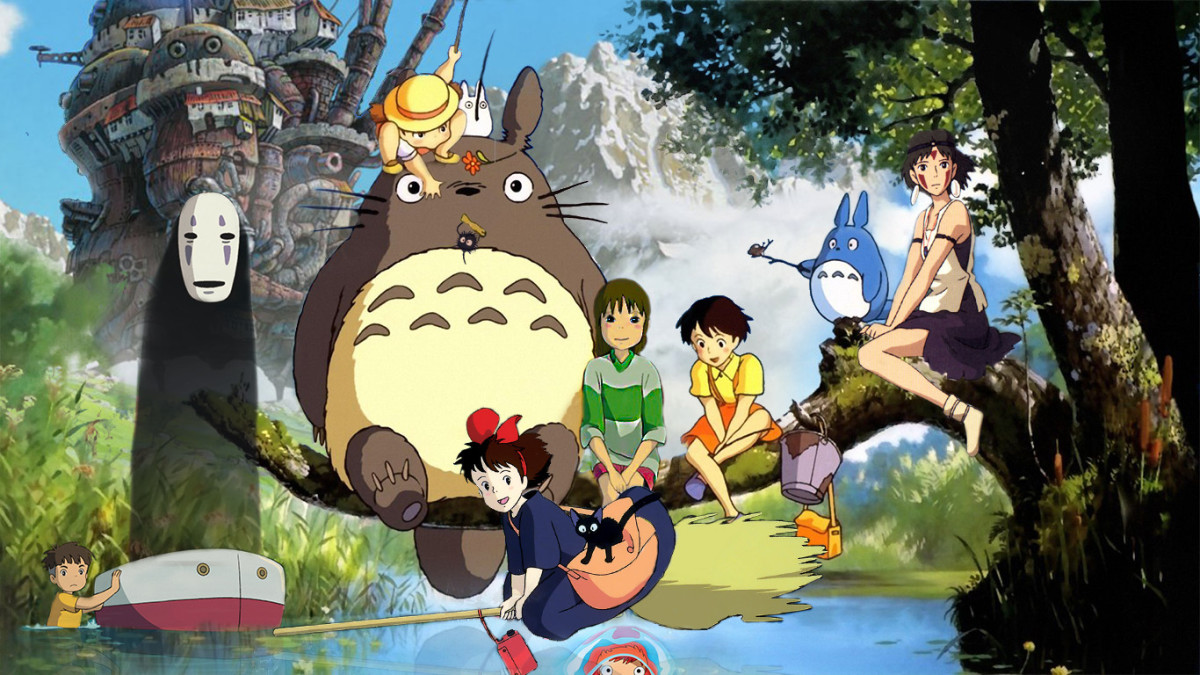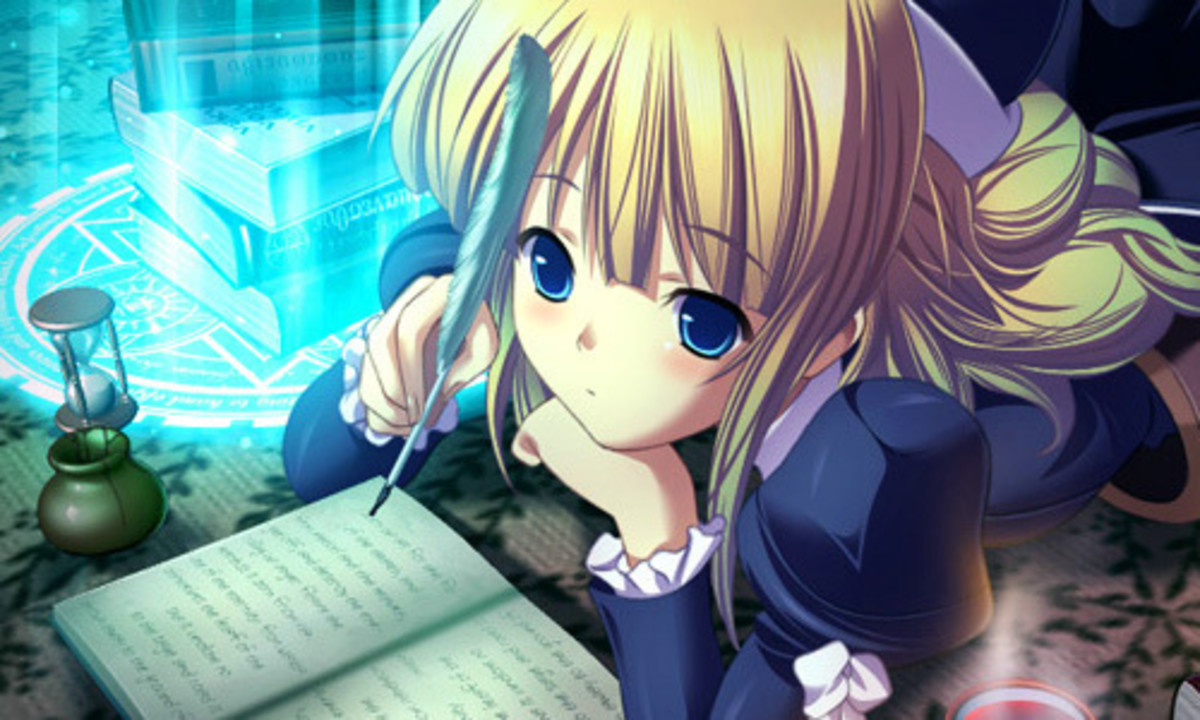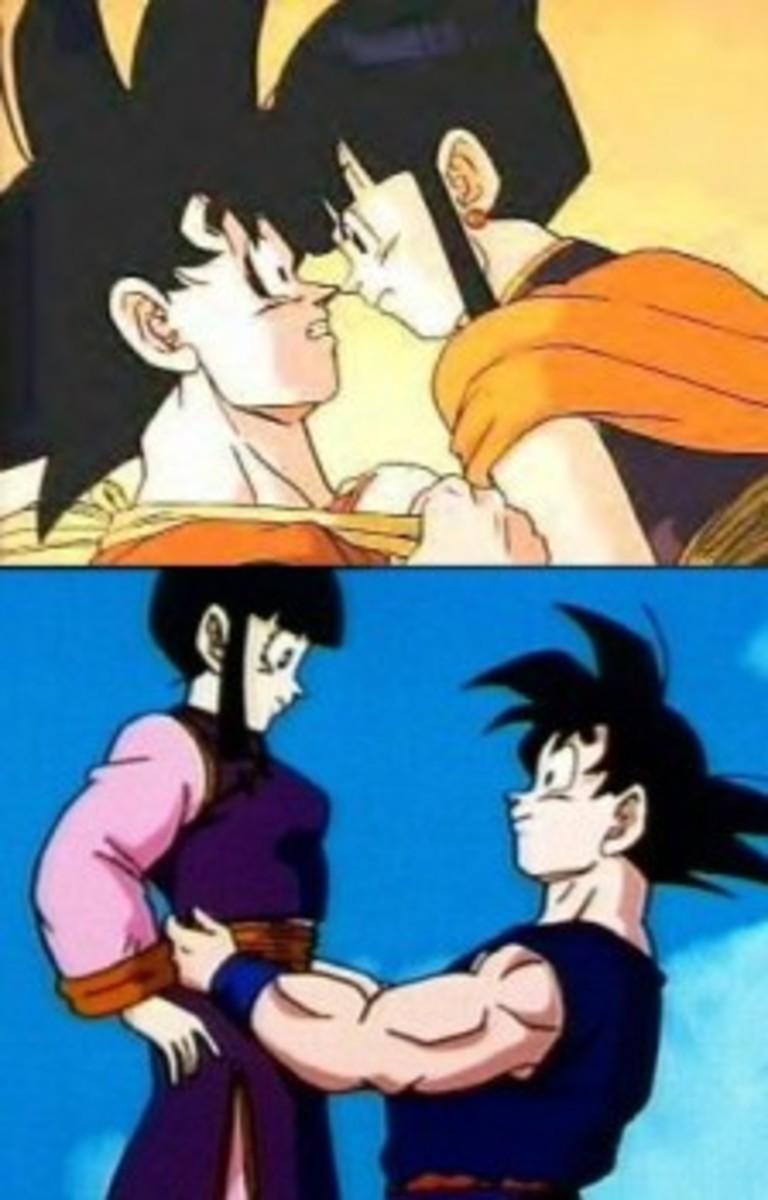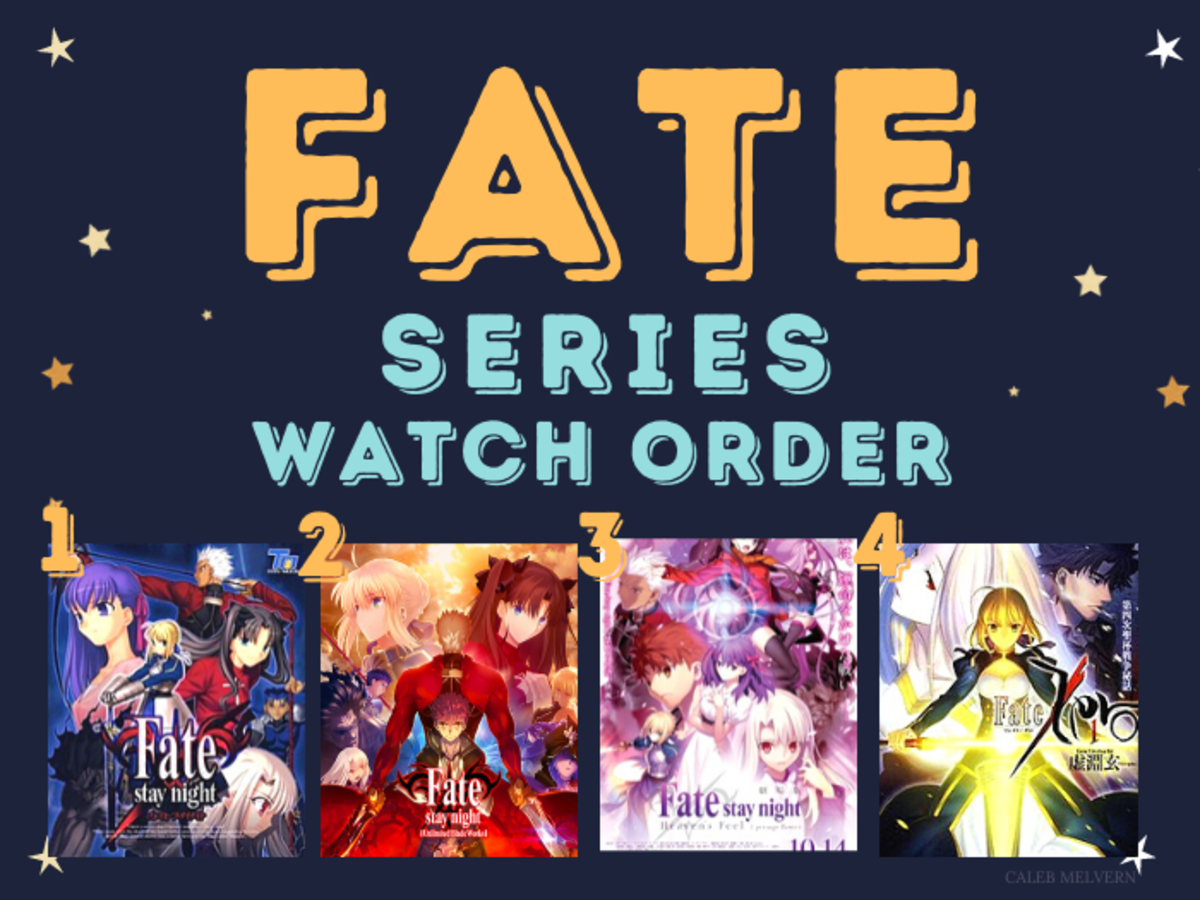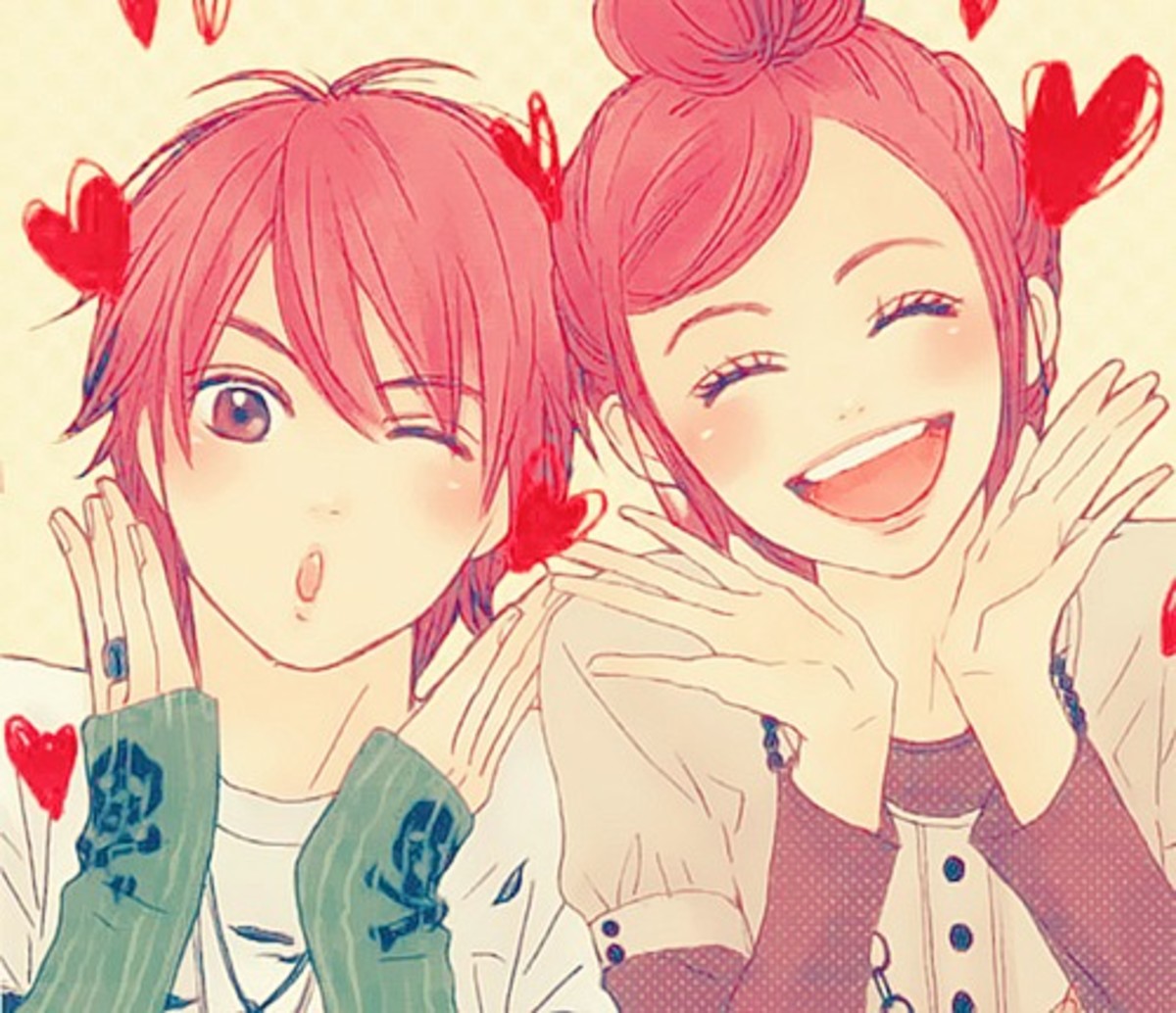Girls are the Heroes in Miyazaki's Films
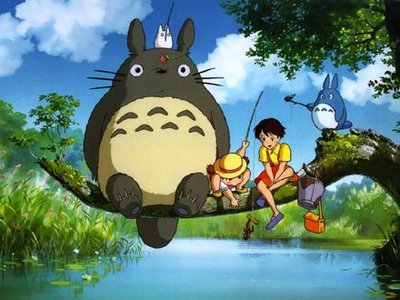
Hayao Miyazaki, a cherished figure in Japan, is praised not only for his breathtaking animation style, but also for his gift of storytelling. His films’ heroes, usually children, learn the values of self-reliance, bravery, and friendship as they experience fantastical adventures. One of the greatest and most challenging adventures is the process of growing up. Many of Miyazaki’s characters are conceived from his desire to present strong, independent role models for children.
Miyazaki has not forgotten the joys and
trials of childhood. Most of the protagonists in his films are children or
teenagers, especially girls. Miyazaki’s feminist position is apparent both in real life and
in his stories, in which he creates strong-willed, independent female
characters that defy typical gender roles common in Japanese animation (and films of other countries, too). If you're looking for animated or children's movies with strong female role models, look no further than Miyazaki's collection of films.
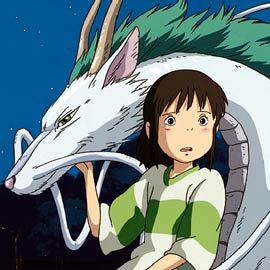
Chihiro
Chihiro of Spirited Away was created so that ten-year-old girls could have a character like them to look up to. Chihiro is at first a spoiled and timid child, but because of an Alice in Wonderland-type adventure in the world of spirits she becomes brave, selfless, and self-reliant, and manages to rescue her parents. Miyazaki stresses that Chihiro had these attributes all along; it just took her being tested by adversity and danger to bring them out. (Think of Dorothy in The Wizard of Oz, realizing that she had the power to go home the whole time she was in Oz.)
The spirit world of Spirited Away is filled with characters who are a mixture of good and bad, like most people. They can be at times greedy and destructive or selfless and solicitous. Chihiro does not defeat an evil villain, but rather learns how to survive in a complex world without compromising her values or integrity.
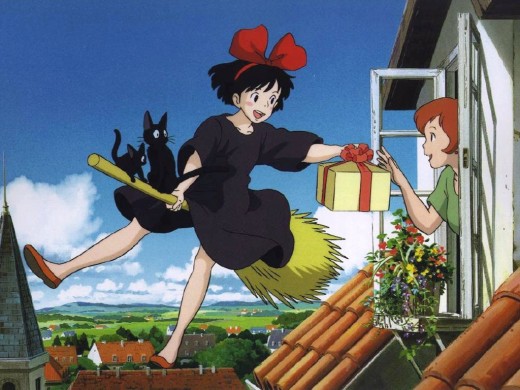
Kiki
Like Chihiro, Kiki of Kiki's Delivery Service faces the challenges of growing up. Kiki tells the story of a novice witch who, when she turns thirteen, embarks on a yearlong journey to a strange town to live on her own. Kiki starts her own delivery service, using her flying broomstick, and experiences the usual trials of becoming a young adult: making and losing friends, becoming independent, and feeling loneliness and self-doubt.
Kiki's main friend and companion is her pet cat Jiji. When Kiki starts to doubt herself (brought on by feeling like she doesn't belong with the kids her age), she loses her ability to fly, and can no longer hear Jiji's voice. It takes some self-reflection to renew her confidence, and when her friend Tombo is in danger, she's able to save the day. In a poignant twist, however, Jiji still doesn't talk to her. It appears that Kiki has grown up enough that she no longer needs to talk to her cat (whom Miyazaki has suggested is Kiki's immature side).
A recurring theme in Miyazaki's films is the clash between traditional and modern cultures, values, and sensibilities. Kiki is set in an idealized, nostalgic post-WWII setting. Kiki generously helps an elderly woman bake a cake for her granddaughter. When Kiki delivers the cake, she is stunned by the granddaughter’s lack of respect and appreciation for her grandmother.
In Spirited Away, the rift between generations is even more apparent. The younger generation has forgotten the old Japanese values and traditions in favor of excess, as demonstrated by Chihiro’s parents’ credit card-fueled gluttony. Chihiro, who loses her name and identity in the spirit bathhouse, represents modern Japanese society, which Miyazaki feels is drifting through a spiritual limbo. As Chihiro reconnects with past values, like hard work, honesty, and respect for elders, she rebuilds and strengthens her identity, becoming a confident young adult.
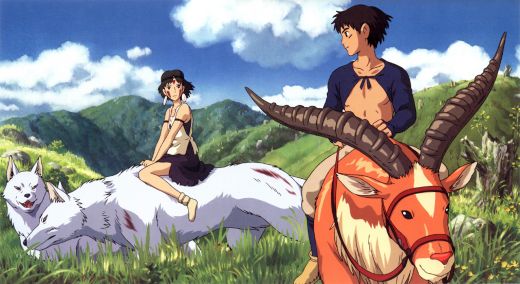
San
San, the title princess of Princess Mononoke, is an unusual child hero in an animated film, but then Princess Mononoke is not specifically for children. It's perhaps Miyazaki's most violent, adult film, showing the true horrors of war, sickness, and pollution. Princess Mononoke was also the highest-grossing film in Japan until the release of Titanic. San was raised in the forest by a pack of wolves, including the wolf-god Moro. When Ashitaka, a young warrior looking for a cure for his deadly curse, comes upon San, she is a seemingly bitter, angry, savage young woman fighting fiercely to protect her home from the encroaching iron mining town.
San goes head-to-head with Lady Eboshi, the leader of the mining town and a fascinating character in her own right. Miyazaki's films are about ambiguity: there are no simple heroes and villains. Although several of Miyazaki’s films employ the classic theme of good vs. evil,
the antagonists are not always clear-cut “bad guys.” The world is not entirely
black and white; Miyazaki’s villains often fall into the gray area. Lady Eboshi, for instance,
destroys the forest and wildlife to gather raw materials for her iron industry.
At the same time, she protects and employs lepers and former prostitutes. San is not all good either: she is a violent and sad character who nonetheless fights for her "pack" and her land. While Miyazaki's antagonists engage in
questionable activities, they often have redeeming qualities and noble
intentions as well.
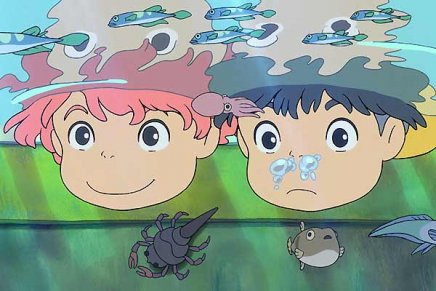
Other characters
Watch these films for more child protagonists:
- Castle in the Sky (1986)--Pazu and Sheeta, a young boy and girl possessing a magic crystal, evade both air-pirates and the military as they search for the missing floating city called Laputa. Pazu and Sheeta's friendship is sweet and innocent; it's based on loyalty and admiration, not romantic feelings.
- My Neighbor Totoro (1988)--Satsuke and Mei, two young sisters, move to a new home in the country and befriend the gentle totoro spirits in the forest, large furry creatures that look like a cross between a rabbit and an owl. The film celebrates the beauty of nature purely for its own sake.
- Ponyo (2008)--Sosuke, a five-year-old boy who lives by the sea, discovers and cares for a goldfish who is actually Ponyo, the daughter of the sea king. Ponyo runs away from her family and transforms herself into a little girl. (Think of a more whimsical, gentler version of The Little Mermaid that will enchant children and adults alike.)
Ultimately,
whether Miyazaki’s heroes are young
warriors waging battle in a fantastical world or ordinary children exploring
the wonders of nature, the protagonists are strong, memorable characters. The child heroes are excellent role models that young viewers can identify with.





